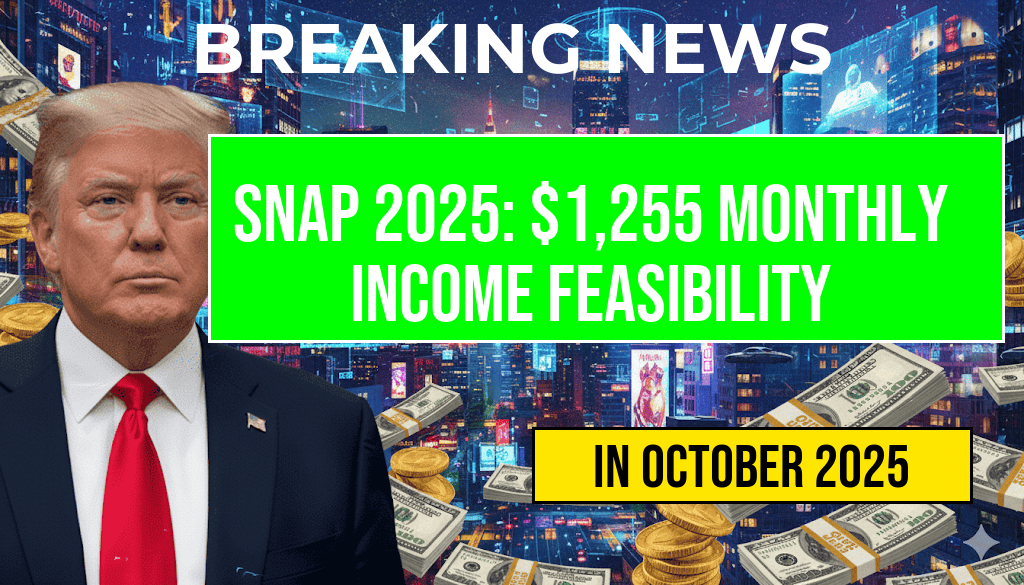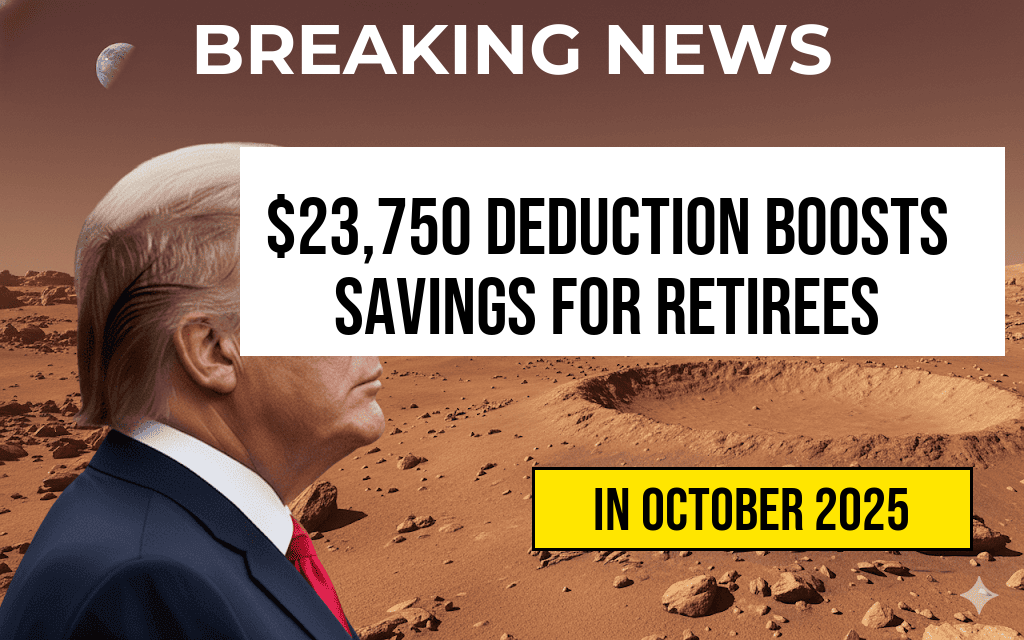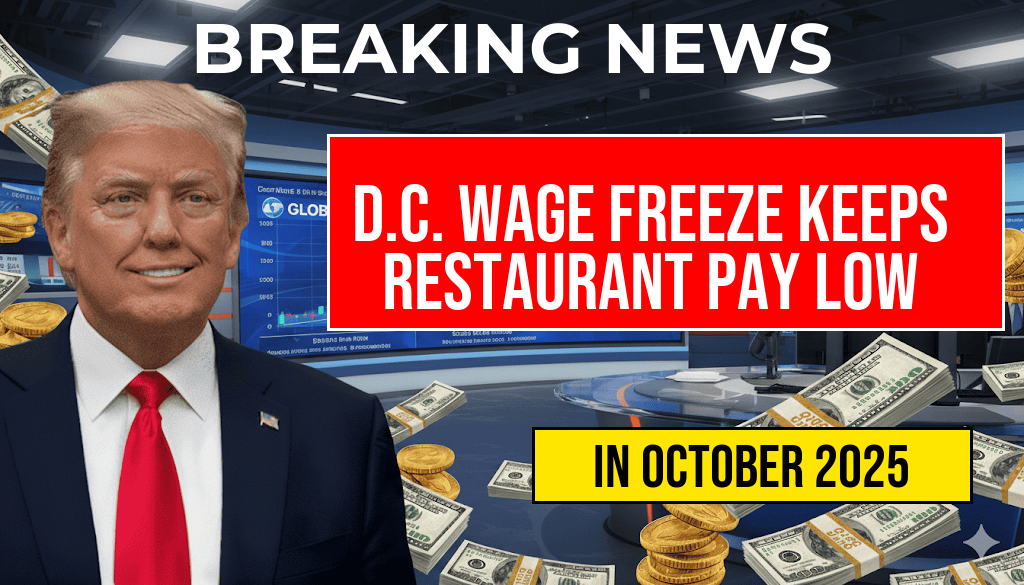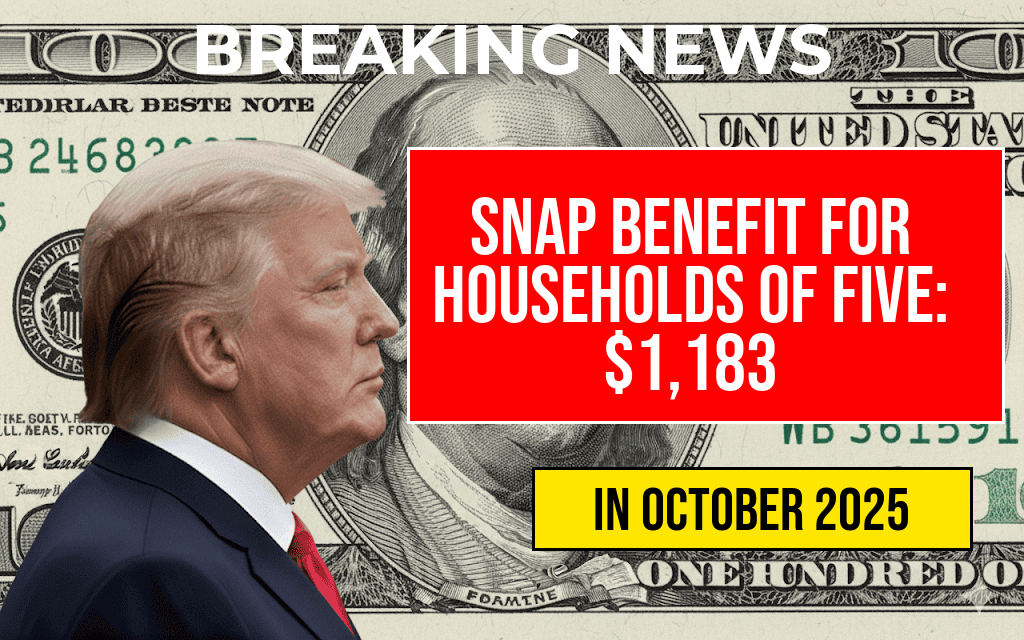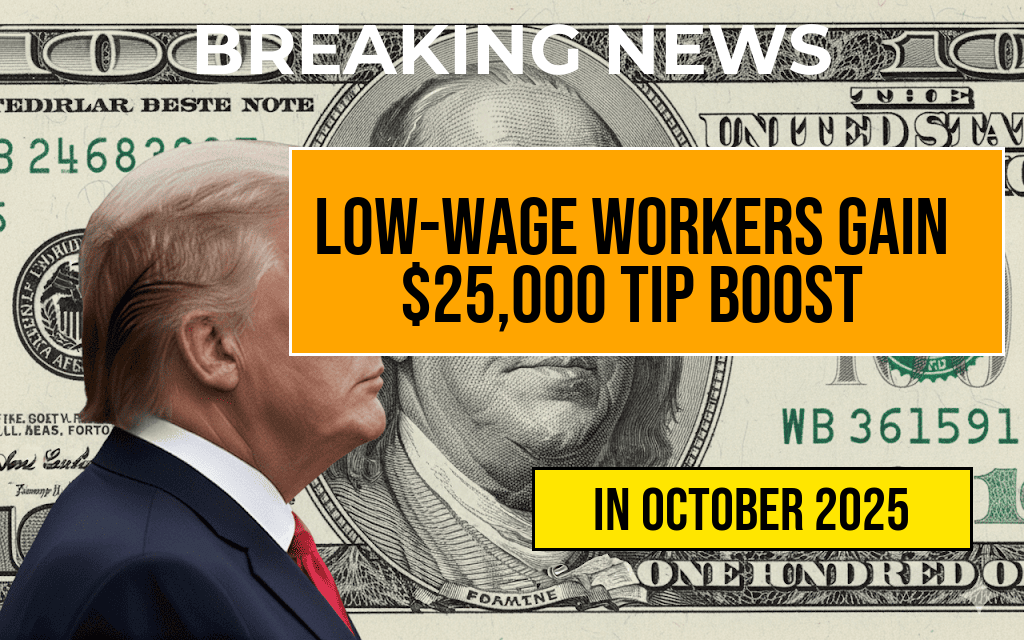As the United States grapples with food insecurity, questions surrounding the eligibility for the Supplemental Nutrition Assistance Program (SNAP) are more pressing than ever. With the proposed eligibility criteria for 2025, a crucial issue arises: can a monthly net income of $1,255 sustain food security for a single individual? The SNAP program, designed to alleviate hunger by providing financial assistance for food purchases, has specific income thresholds that determine eligibility. With rising living costs and inflation, understanding the feasibility of maintaining food security on this income level is essential for policymakers and those affected by food insecurity alike.
Understanding SNAP Eligibility Criteria
SNAP eligibility is primarily based on household income, size, and expenses. The program aims to assist those who demonstrate a financial need. Here are the key factors that determine eligibility:
- Income Limits: For most households, the net income must be at or below 100% of the federal poverty level (FPL).
- Household Size: SNAP benefits vary depending on the number of individuals in a household.
- Asset Tests: In some states, assets like savings may affect eligibility.
Breaking Down Monthly Income and Costs
For a single person with a monthly net income of $1,255, it is critical to analyze whether this amount can adequately cover food expenses. According to the USDA’s guidelines, the average monthly food budget for a single adult varies widely, but typically falls between $200 and $400, depending on dietary needs and preferences. A breakdown of typical costs is provided below:
| Expense Category | Estimated Cost |
|---|---|
| Groceries | $250 |
| Dining Out | $100 |
| Snacks and Beverages | $50 |
| Total | $400 |
Assessing Food Security on a $1,255 Income
With a net income of $1,255, after accounting for the average food expenses of $400, an individual would have approximately $855 left for other essential costs, such as housing, transportation, and healthcare. However, the rising costs of living in many urban areas complicate this calculation. The following considerations highlight the challenges faced by individuals living on this income:
- Housing Costs: Rent prices can consume a significant portion of monthly income. In cities like New York or San Francisco, rent for a one-bedroom apartment can exceed $2,500.
- Healthcare Expenses: Unforeseen medical expenses can arise, further straining an already limited budget.
- Transportation Costs: Whether relying on public transit or personal vehicles, transportation can add to monthly expenses.
The Impact of Inflation and Rising Costs
The economic climate in 2025 is projected to continue facing inflationary pressures, which could increase food prices and living expenses even further. A recent report by the Forbes Advisor indicated that food prices have risen significantly over the past few years, raising concerns about food accessibility for lower-income individuals. This trend underscores the importance of reviewing SNAP eligibility and benefit levels to ensure they meet the needs of vulnerable populations.
Conclusion: A Call for Policy Review
The question of whether a monthly net income of $1,255 can sustain food security for one person is complex and multifaceted. While this income may cover basic food costs, it does not leave sufficient room for other essential expenditures. As policymakers look toward 2025, a reevaluation of SNAP eligibility criteria and benefits is crucial to ensure that individuals can maintain food security in an increasingly challenging economic environment. Addressing these issues is vital not only for the well-being of individuals but also for the overall health of communities across the nation.
Frequently Asked Questions
What is SNAP and who qualifies for it?
SNAP, or the Supplemental Nutrition Assistance Program, is a federal assistance program designed to help low-income individuals and families purchase food. Eligibility varies by household size, income, and expenses. Generally, households must meet income limits, which are adjusted annually.
How is SNAP eligibility determined for a monthly net income of $1,255?
A monthly net income of $1,255 may qualify for SNAP depending on the household size and expenses. Eligibility is calculated based on the federal poverty level, which takes into account total household income and allowable deductions such as housing costs and medical expenses.
What are the income limits for SNAP in 2025?
In 2025, the income limits for SNAP eligibility are expected to be updated based on the federal poverty guidelines. Generally, households must have a net income below 130% of the federal poverty level to qualify, but specific figures may vary by state.
Can a single person support themselves on $1,255 per month?
While $1,255 may be sufficient for basic needs in some areas, it can be challenging to maintain food security solely on this income. Factors such as housing costs, local food prices, and other expenses significantly impact a person’s ability to sustain themselves.
How can individuals apply for SNAP benefits?
Individuals can apply for SNAP benefits through their state’s social services agency. Applications can often be submitted online, by mail, or in person. It’s recommended to gather necessary documentation, such as proof of income and expenses, before applying to streamline the process.

